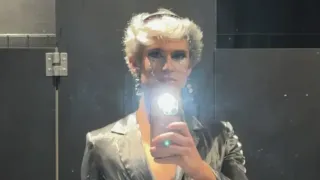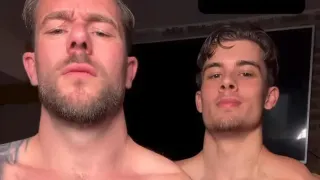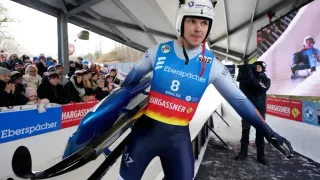July 2, 2017
Hot Bodies: 5 Ways to Burn Fat Fast this Summer
Tom Bonanti READ TIME: 2 MIN.
Summer heat and humidity can really take a toll on you. Yet summer can be fun, too, with ample opportunities for vacation, summer parties and extra time at the pool. Wouldn't it be great if you could shed those extra pounds as easily as a wet speedo? Instead of covering up and making excuses, here are some pointers that will help you melt fat and inches, now, this summer!
1) Curb your carbs. The body normally relies upon carbohydrates which are broken down as glucose and utilized as energy to fuel every activity from digestion to skate boarding. When you cut back on carbohydrates your body produces ketones that burn stored fat as energy. This process, which is logically called ketosis, is used by many athletes, body builders and models to cut-up and trim down. You can achieve ketosis in your own body by cutting out starches like rice, bread and potatoes from your meals.
2) Ramp up your workouts with High Intensity Interval Training (HIIT). If you get bored walking the dog or climbing on board a treadmill for endless hours, you may have "cardio burnout". Unfortunately, you need cardio-vascular training if you want to lose those extra pounds. I recommend putting a little heat under your cardio by trying HIIT.
Here's an example of a HIIT cardio routine:
-Warm-up with stretches, pushups, and running in place for 5 minutes.
-Do wind sprints, fast and furious for 30 seconds.
-Slow down and power walk, swinging dumbbells at your sides for five minutes.
-Rest for 30 seconds and repeat this process five or six times.
With HIIT you can be crazy and creative as you burn tons of calories!
3) Lifting weights builds muscle, boosts your metabolism and burns fat. Muscle is catabolic, meaning it burns calories even when you're not doing anything. Basically, the more muscle you have the more calories you burn, even when you are sleeping. Recently it has been found that people who lift regularly exhibit high Excess Post-Exercise Oxygen Consumption (EPOC). Simply put, your metabolism remains elevated all day long and you burn fat and calories even after you've left the weight room.
4) Stay busy and active and those pounds will melt away. A sedentary life-style is sure to make you pack on pounds. Don't let yourself become a bored, inactive couch potato. Make plans, run errands, arrange dates, set goals, take a walk on your lunch break or organize a weight loss contest among your friends. The busier you are, the more fun you're having, the more things get done, and the more calories you'll burn all the time.
5) Eat to lose fat. If you starve yourself, you may lose a considerable amount of weight, but much of it will be lean muscle as well as fat. That's not good. Instead, pack these potent, fat burning foods into your nutritional plan: oatmeal, green tea, walnuts, pears, spicy chili peppers (also curry and cayenne pepper), grapefruit, eggs, skim milk, blueberries and salmon.
Tom Bonanti is a certified trainer, massage therapist (MA#40258) and fitness writer for Hotspots. He can be reached at [email protected] with questions or inquiries concerning his services.
 Copyright HotSpots! Magazine. For more articles from HotSpots! visit
Copyright HotSpots! Magazine. For more articles from HotSpots! visit 





